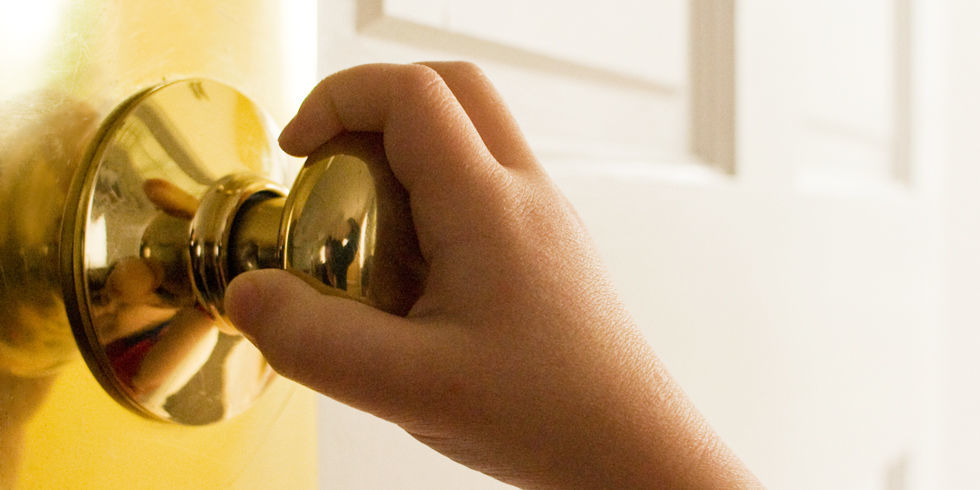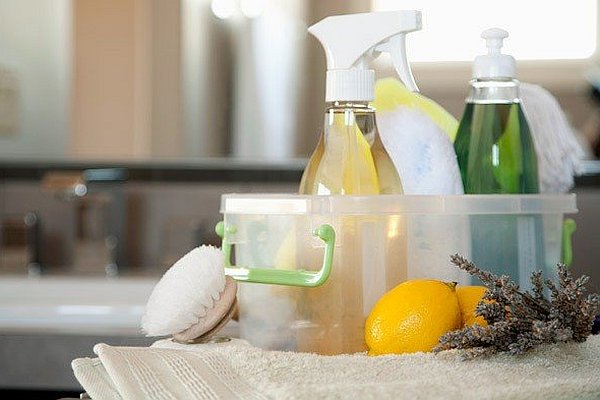
Clean for Health . . . Not Just For Appearance
If it looks and smells clean, it must be clean, right? Wrong. A home can look clean and smell fantastic while masking microbes, harmful germs, bacteria, micro-organisms and potential pathogens that continually threaten the health of children and the well-being of the entire family.
Superficial cleanings are more common than you think. Sometimes this is due to just disinformation; other times, due to lack of time. I can understand it in a home of a busy family, but what worries me the most is seeing cleaning service providers executing superficial home cleanings that only creates the appearance of cleanliness.
The fist step to a healthier family is to face the facts. The reality is that superficially “cleaned” home surfaces can be a risk to your health. The good news is: there are a few easy-to-do things you can do to create a healthier home indoor environment. Here they are:
1- Have a regular cleaning routine
Give preference to cleaning products that not only make your home smell great, but can also remove or kill germs and bacteria. You will see below that simple things like a little white vinegar added to your fast cleanings can be very effective.
2- Sanitize critical areas
Sanitize your kitchen sinks, door knobs, switches, bathrooms, counter-tops, tables, and hard surfaces where food is prepared or eaten. (see: “Top Spots for Bacteria at your home“). This immensely minimize the health dangers caused from contaminated surfaces and germs.
The FDA recommends a solution as simple as mixing only 1 tablespoon of chlorine bleach into 1 quart of water for a homemade sanitizing solution that will help keep kitchen surfaces clean. You read it right. Just 1 tablespoon.
According to the Water Quality and Health Council, more bleach is not necessarily better. The right amount of bleach needed to kill common foodborne germs on kitchen surfaces is minimal. In fact, to destroy the vast majority of common foodborne germs, a solution of only one tablespoon of bleach in one gallon of water is sufficient
But, if you are allergic to chlorine bleach, white vinegar or even cleaning hydrogen peroxide can be your best friend. White vinegar, for example, is a natural disinfectant that kills some common germs like salmonella and E. coli, and is even better when used in combination with antibacterial soap and water to guarantee all germs are killed. Use a 1:1 ratio of diluted vinegar and water and store it in a spray bottle. Then you can use it to spray-disinfect your kitchen sink, counters, or any other spots that you’d normally use bleach but want to be food-safe. To counteract the vinegar smell, you can use soapy water to rinse the areas afterward.
3- If you prefer, you can also hire a professional cleaning service provider like ‘Cleaning & Caring’ for periodic deep cleaning and sanitization of your home.
Real cleaning goes beyond cleaning for appearance and focus on properly killing and removing bacteria, molds, parasites, allergens, and viruses in your home. And it will make a big difference for you and your family. Here are just a few of the benefits of cleaning for health first:
- Better indoor air quality
- You and your family will feel higher energy levels & will become more productivity
- Lesser chance of “catching” opportunist virus/bacteria caused infectious diseases.
- Less missed school & work days
- Lower healthcare costs
Love & high fives,
Jeane


